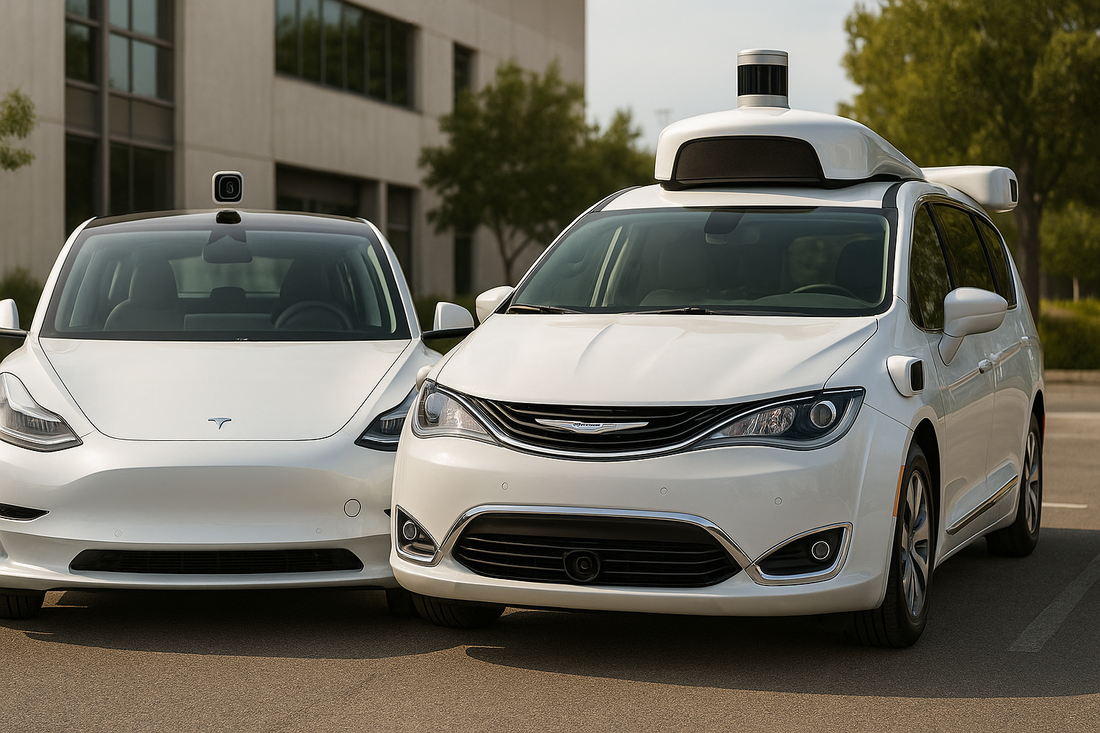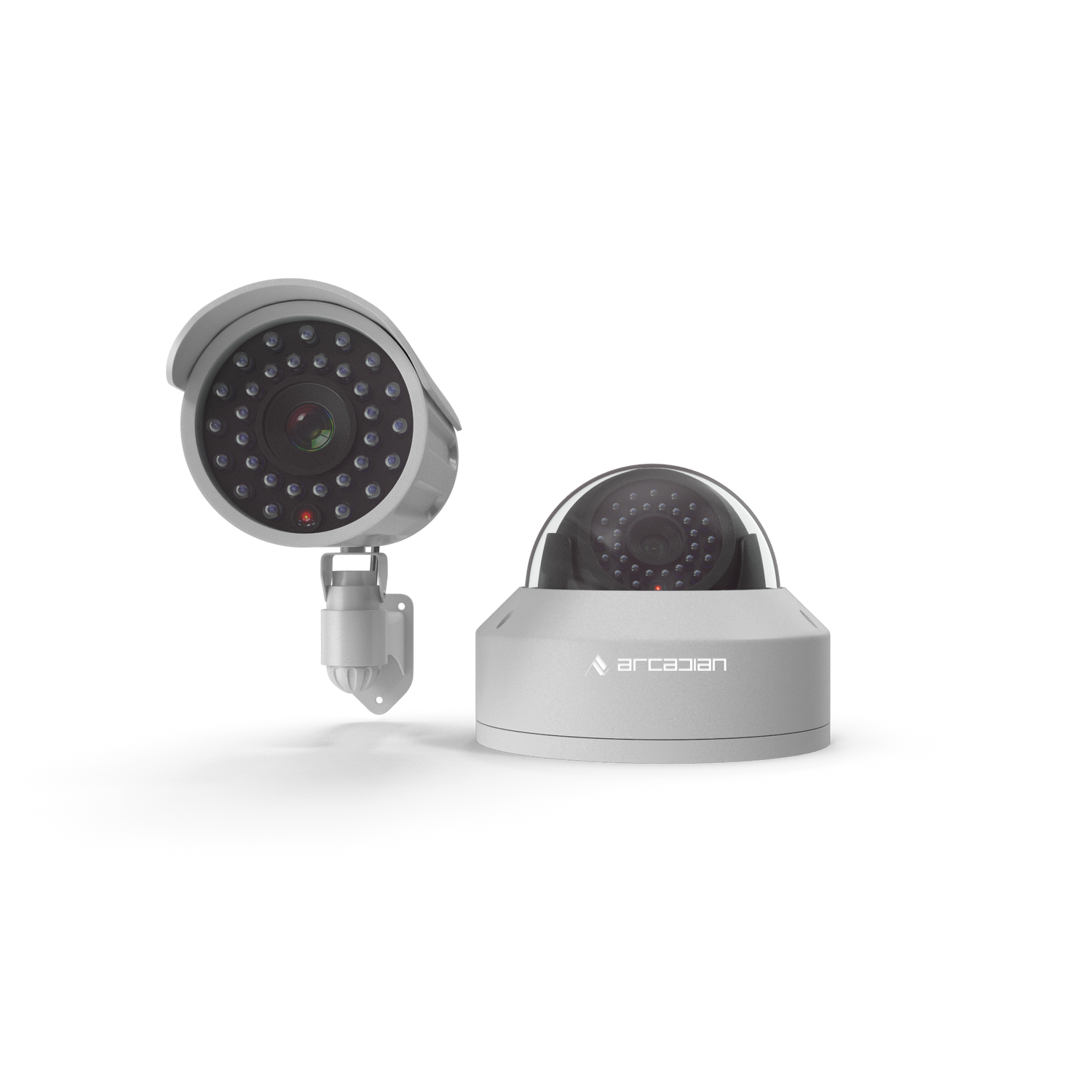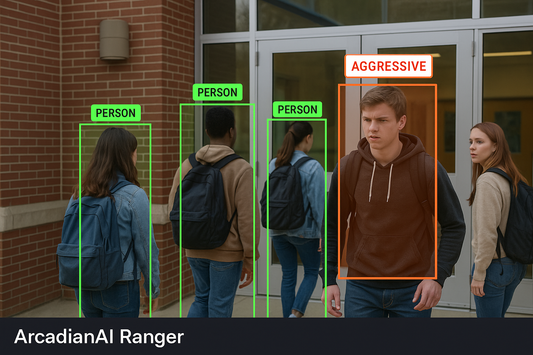Cameras vs LIDAR: The Battle for Vision in Autonomous Vehicles
esla uses cameras. Waymo swears by LIDAR. Who’s right? We dive deep into the tech, the trade-offs, and how this battle over vehicle vision could reshape the surveillance industry.
5 minutes read


Security is like insurance—until you need it, you don’t think about it.
But when something goes wrong? Break-ins, theft, liability claims—suddenly, it’s all you think about.
ArcadianAI upgrades your security to the AI era—no new hardware, no sky-high costs, just smart protection that works.
→ Stop security incidents before they happen
→ Cut security costs without cutting corners
→ Run your business without the worry
Because the best security isn’t reactive—it’s proactive.







![[IMAGE: Crowded European plaza with pickpocket gangs blending into tourists – realistic, 16:9 – alt="Organized pickpocket gang operating in a busy tourist square"]](http://www.arcadian.ai/cdn/shop/articles/Crowded_European_plaza_with_pickpocket_gangs_blending_into_tourists_realistic_16_9_alt_Organized_pickpocket_gang_operating_in_a_busy_tourist_square.png?v=1756224312&width=533)